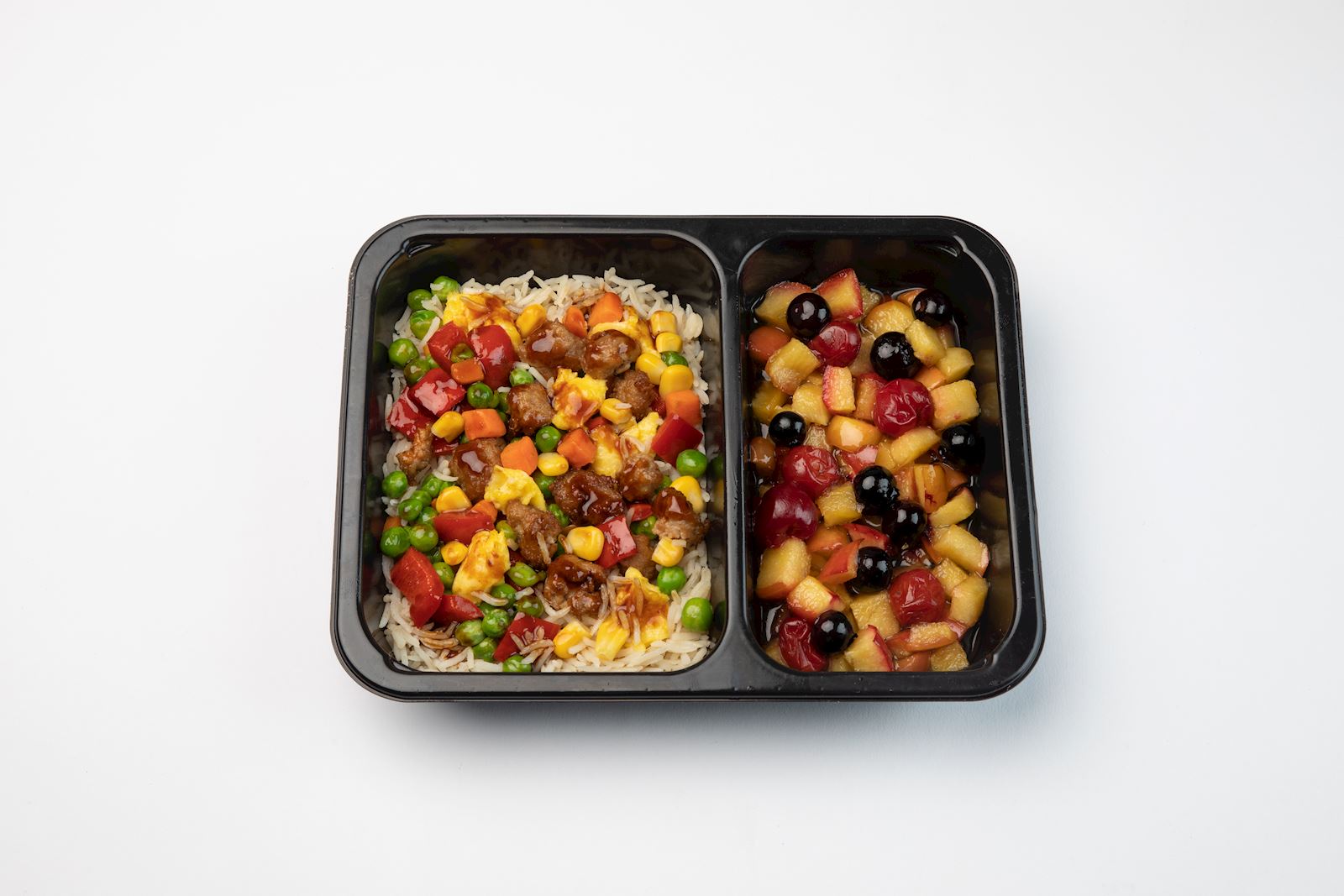One in 100 people around the globe suffer from celiac disease, an autoimmune disorder that can lead to damage in the small intestine after the ingestion of gluten. That number doesn’t account for the 18 million people in the U.S alone who have gluten sensitivity and must adhere to a strict gluten-free diet. It’s not always easy to adjust to a life of gluten-free meals; a little learning and planning will ease the transition.
Start with these five tips for living gluten-free.
1. Build your team
It’s easier to live gluten free if you have a team that understands your condition and how to support you. Once you’ve worked with a clinician to develop your care and nutrition plan, share it with the people you live with and are close to so they can help you follow through.
It’s especially important that caregivers, like home health aides and family members who help with cooking and cleaning, understand and adhere to all the guidelines for gluten-free living.
2. Keep a gluten-free kitchen
It doesn’t need to be spring to do some cleaning around the house. In this case, start with the kitchen, where you’ll need to check your pantry for all gluten-containing foods. Make a note of the food items you are removing so that you can check the grocery store for alternatives.
It is also important that you clean the surfaces of your kitchen cabinets and shelves. You don’t want crumbs from gluten-containing foods making their way into your new groceries.
3. Avoid cross-contamination
It’s essential to living a gluten-free life that you avoid using common surfaces or utensils that haven’t been thoroughly cleaned after being used to prepare gluten-containing foods. This will be easier if your entire household is eating gluten-free but can be much more challenging if you share your kitchen with others who are not restricted to gluten-free foods.
Designating one set of pans and utensils only for gluten-free meal prep can help avoid cross-contamination. It’s also suggested that you buy condiments in squeeze containers, so people aren’t tempted to use the same utensil for spreading multiple condiments.
4. Read nutrition labels
You’ll want to make a habit of checking nutrition labels for all your food items moving forward. Be sure you familiarize yourself with a list of gluten-containing foods. Foods containing wheat, rye, barley, oats and triticale are among the items to avoid.
Watch out for hidden sources of gluten, including:
- Hydrolyzed vegetable protein
- Hydrolyzed plant protein
- Malt and malt flavoring
- Modified wheat starch
5. Maintain realistic expectations
Adjusting to the challenge of eating gluten-free does not happen overnight. You may feel like you are giving up all the foods you love or constantly worrying that you’re going to eat a gluten-containing food by mistake. It could take up to six months before you start feeling comfortable with your diet, so it’s important that you remain patient and positive.
It’s completely normal to feel overwhelmed or to make a mistake every now and then. Trust that it will get easier over time as you gain more experience.
Mom’s Meals® can help
Mom’s Meals helps take the guesswork out of avoiding gluten. Our delicious gluten-free meals:
- Contain less then 20 ppm of gluten in each meal
- Are prepared following FDA guidelines
- Have been tested using the ELISA method to assess food for gluten
- Are created in our USDA-inspected kitchen following strict rules to ensure they are gluten free



